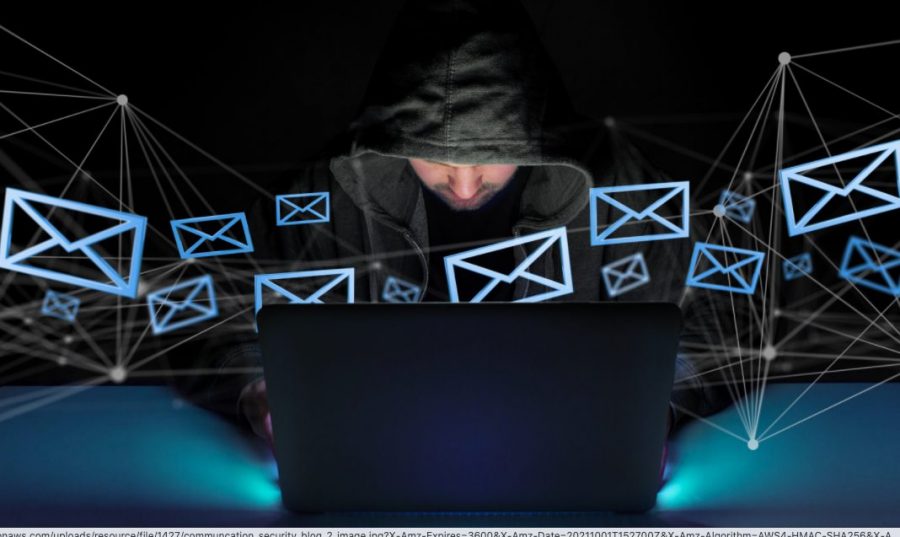When it comes to using the internet, you know how things can go wrong. We all like to think that our online activities are safe and protected. However, the reality is that hacking methods are increasingly creative to get people to click suspicious links. As such, today, we’re here to draw attention to the horror stories that occur when people fall for bogus email links and the best tips for avoiding phishing attempts.
What Are the Dangers for Business Owners Clicking on Fake links?
An increasing number of businesses are targeted daily to trick them into clicking fake email links. Hacking methods are getting more and more creative. As such, recognizing which email links are legitimate and which are not can be incredibly difficult – and as such, you should always be alert when using communications software to make sure you don’t fall into these traps.
Suspicious links come with numerous associated dangers. That’s why, today, we’ll be looking at a few of the implications that falling for these traps can have.
Loss of Personal Data
You must protect your sensitive information at all costs. This includes personal information such as your name, address, date of birth, and banking details. Hackers use this personal data to target you. Your stolen information can create fake identification and credit cards. This data is also commonly sold on the dark web to bidders who collect personal data of this type.
Consequences associated with the loss of personal information are irritating and a nuisance. However, if hackers use your data for false identification, the consequences for you could be severe. After a breach, you may find yourself in thousands of dollars of debt. Or, quite possibly, your bank account drained. As such, phishing link prevention is imperative for protecting yourself from data losses.
Financial Data Losses
Financial losses are the most common, as this is the primary goal of the hackers.
One of the most common forms of phishing is the increase in home deliveries resulting from the Covid-19 pandemic. This trick is a relatively simple scam. Hackers will send a text message to thousands of random phone numbers. These texts inform the reader that their delivery failed, and a small redelivery fee is needed to reschedule. This form of fraud is usually opportunistic and low-value. However, some hackers will gather personal and financial information and hack bank accounts or take out loans. This scam, in turn, gives criminals full access to your money. It’s easy to see where the risk lies.
Another serious risk of clicking suspicious links is the possibility of unknowingly downloading malware. Malware can install silently on your device, gathering sensitive information in the background. Once again, hackers use the breached data to access your financial records. As we’ve seen, this can lead to substantial losses.
Whether the information is volunteered readily or taken by force, these are risky situations to correct. As such, awareness of the best phishing prevention strategies is everyone’s goal.
How to Avoid Fake Links
Fake links and phishing websites, unfortunately, all too common. Hackers are using these tactics more regularly, and they are also becoming more creative in their attempts. For the average employee, identifying phishing attempts is increasingly difficult. Recognizing these dangerous email links is a genuine challenge for many people. Being aware of avoiding dangerous email links and protecting your precious personal and financial data is more crucial than ever. There is a lot of pressure on employees these days.
Luckily, our team is on hand to give you a few tips to help you avoid falling prey to malicious hackers.
First of all, before clicking any links in messages, emails, or on social media, make sure to check the URL to ensure it looks legitimate. Hackers use this common tactic to convince people to click on a fraudulent link. Often, this will be something as simple as changing the domain from .com to .xyz or .club, or something along these lines. Many people won’t recognize this subtle change, so it’s always worth checking before clicking unknown links.
Next, check the link’s source. If you have any doubts about the sender’s legitimacy, navigate to the supposed firm and send a request to their official customer support team. They should be happy to answer whether the email address is a legitimate one.
As a final protection, make sure you have the best defense in place for your device! This includes anti-virus software, firewalls, and settings that help block phishing websites from loading. Don’t leave this to chance. If you need support, we’re here to help. Reach out to our team today.





